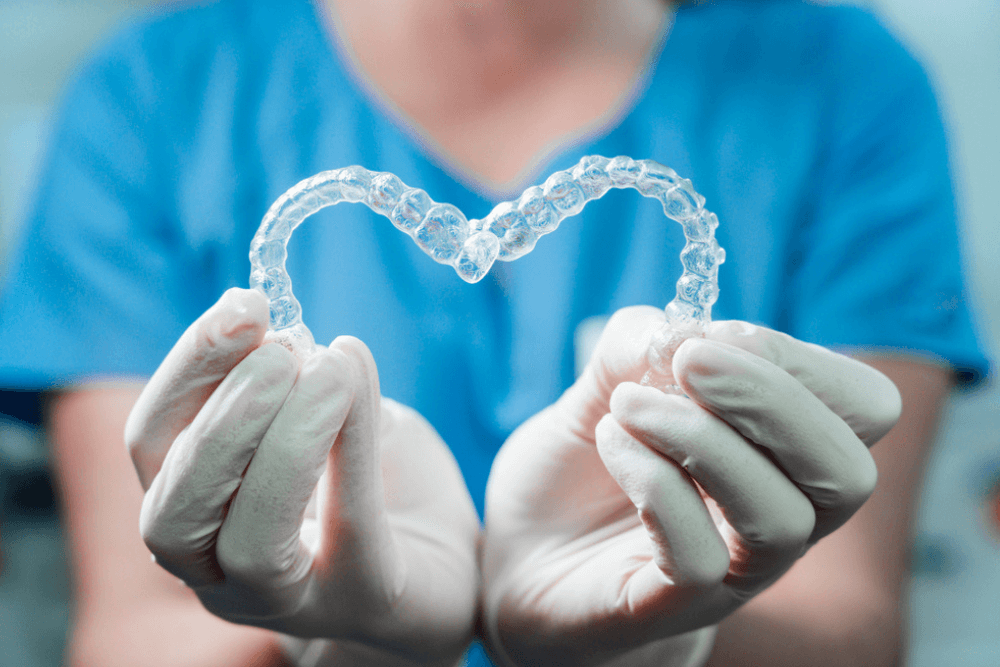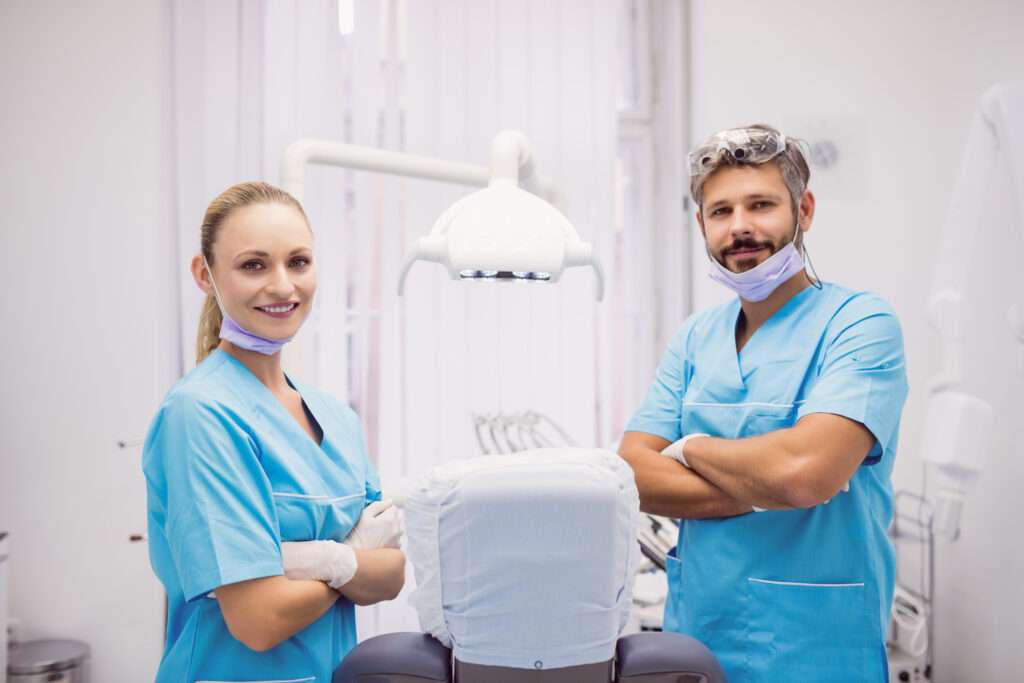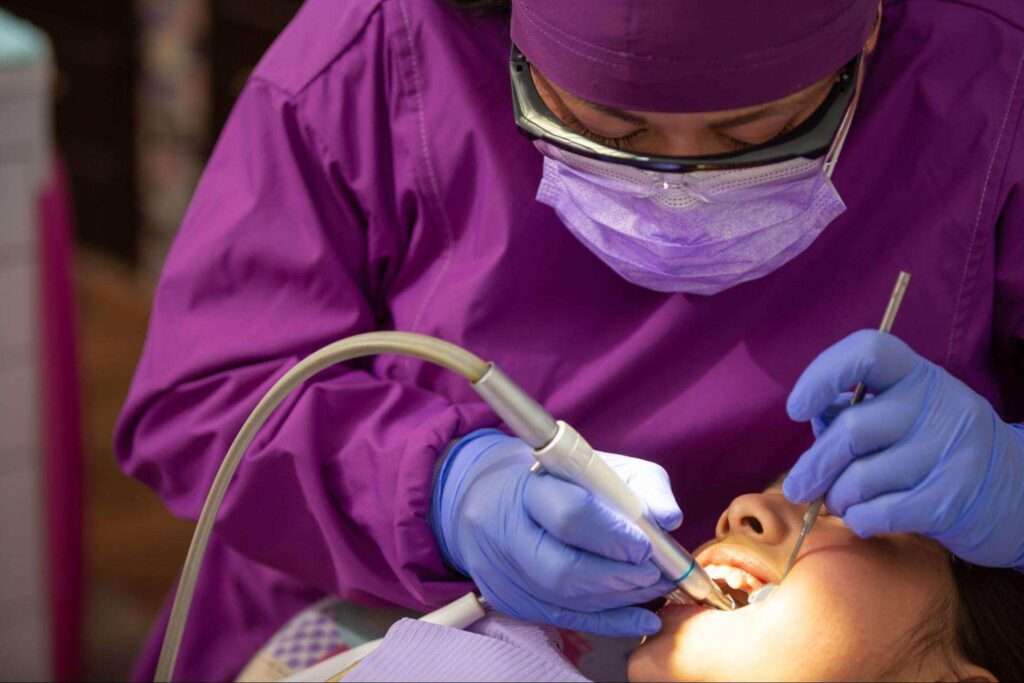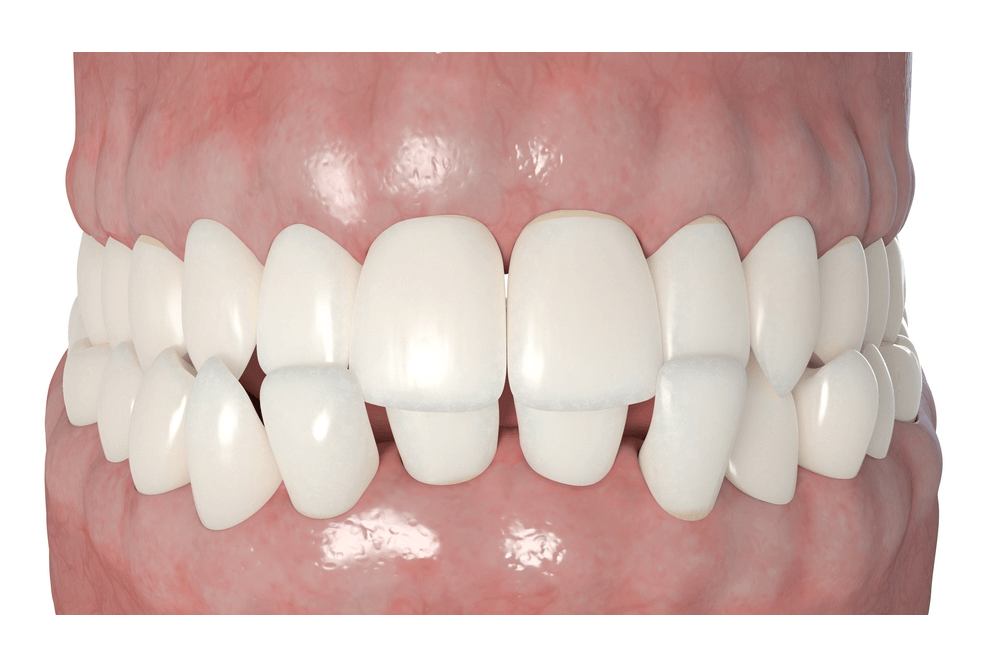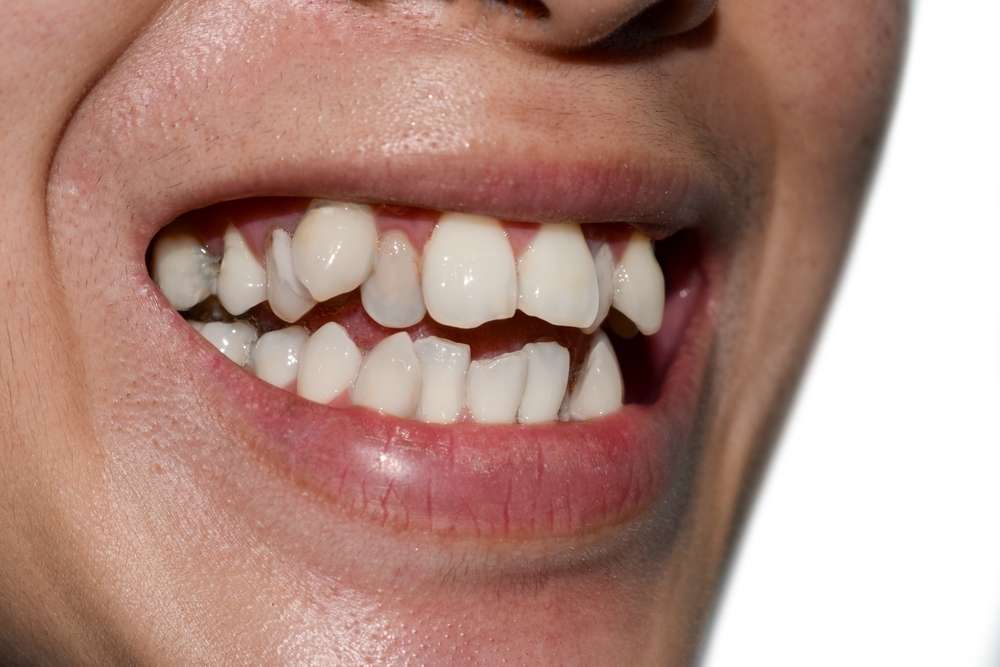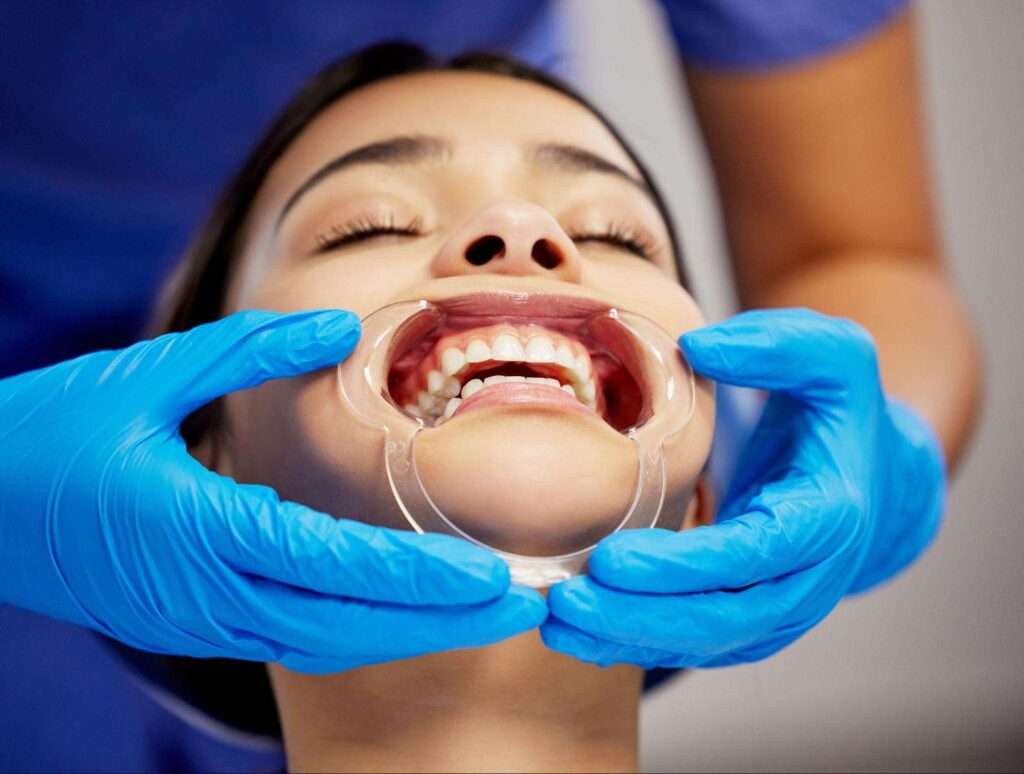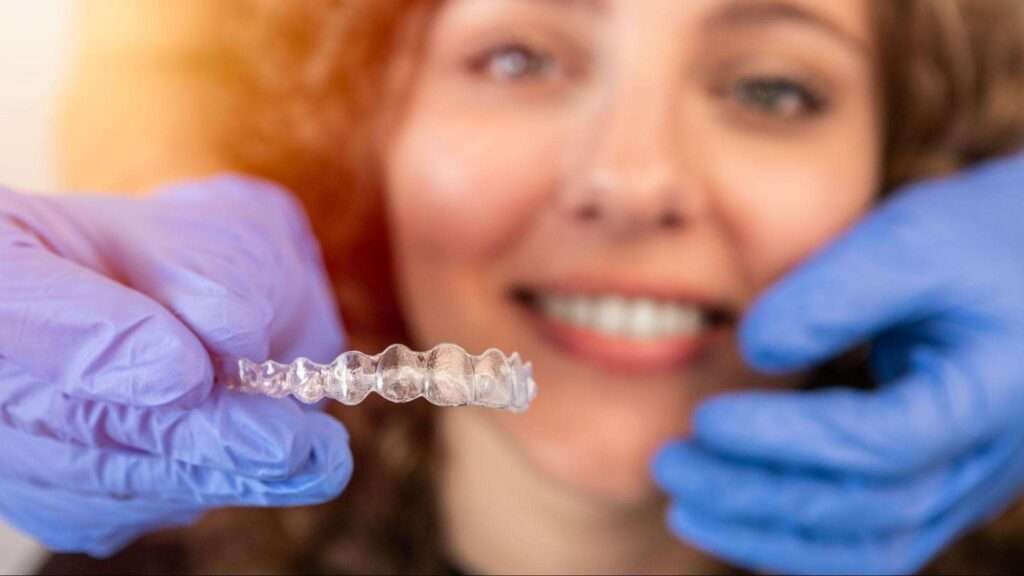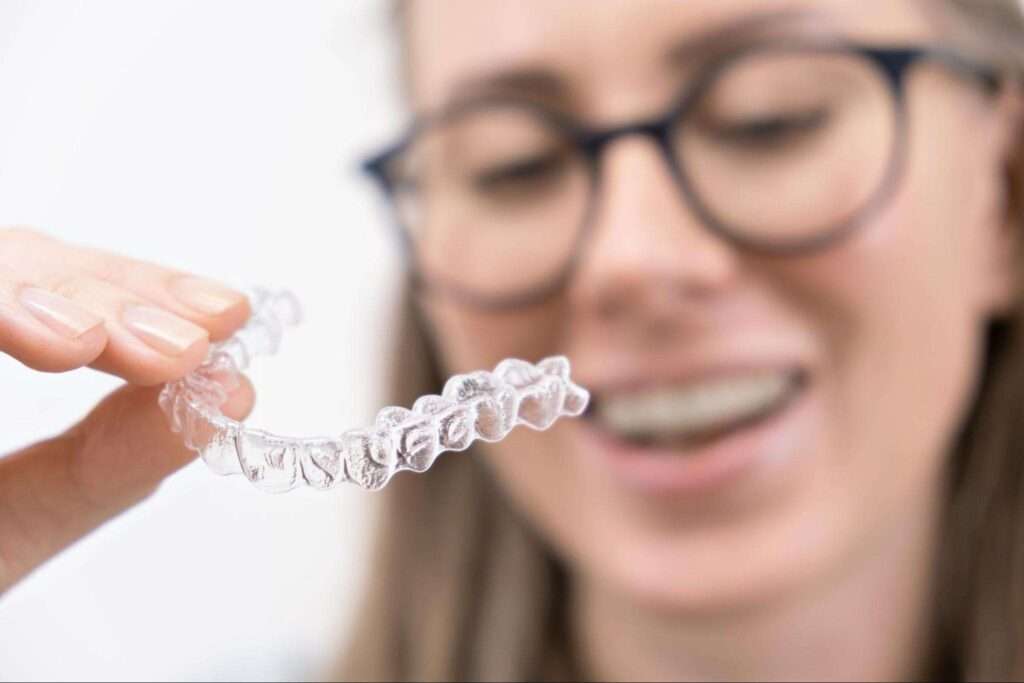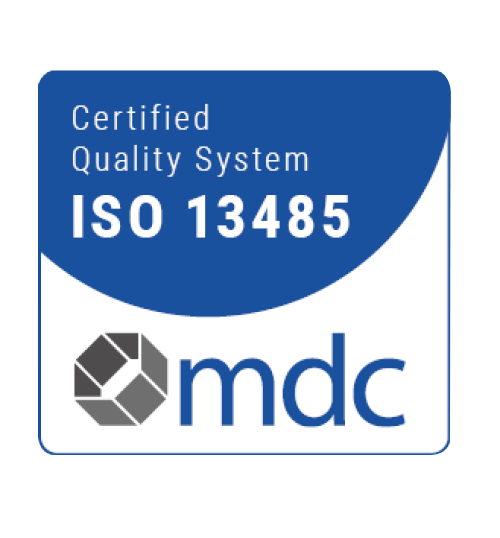Which Types of Retainers Is Most Comfortable for Daily Use?
People who finish with their orthodontic treatment need to understand how vital it is to safeguard their treatment outcomes. After braces or clear aligners treatment, your teeth stay in position through the use of different types of retainers. Selecting the best daily retainer from various options becomes difficult because of the overwhelming choices currently available in the market. Long-term retainer wear requires comfort since the device needs to stay on for extended durations and perhaps the rest of your life. The following text examines orthodontic retainer options together with their key benefits, followed by recommendations regarding appropriate retainers for daily use. We will also share crucial advice for maintaining your retainer’s cleanliness along with preserving dental health. Understanding the Different Types of Retainers Specific retainers exist in different forms because they meet various requirements. There exist three main types of retainers, which include Hawley retainers, Clear Plastic Retainers (Duran and Vivera) and Fixed or Bonded Retainers. The various types of retainers possess several benefits along with specific issues to be aware of. Which retention device you need depends on your lifestyle needs paired with your comfort requirements along with your willingness to handle device maintenance. 1. Hawley Retainers: Durable but Noticeable Hawley retainers represent the time-tested wire-and-acrylic retainers that have existed since the last century. These retainers include a plastic base that settles on your palate and behind your lower teeth and attaches them using a metal wire support. Pros of Hawley Retainers: Cons of Hawley Retainers: 2. Clear Plastic Retainers: A Comfortable and Aesthetic Option Duran, together with Vivera, represents new-generation plastic retainers that gain popularity among users. Moreover, they are carefully shaped clear retainers that provide a perfectly fitted thin and see-through device that you can easily remove when needed. The unnoticeable design makes them suitable for most people. Pros of Clear Plastic Retainers: Cons of Retainers Made of Clear Plastic: 3. Fixed or Bonded Retainers: The Easy Option Fixed retainers are also called bonded or permanent retainers. Your front teeth have thin metal wires affixed to the back of them. They stay in your mouth all the time, unlike detachable retainers. Pros of Fixed Retainers Cons of Fixed Retainers: Most Comfortable Orthodontic Retainers for Daily Use ? Clear plastic retainers, such as Essix or Vivera, usually provide the best comfort. However, the best type of FirstClass Aligners offers a lightweight and smooth design, making them less intrusive than Hawley retainers and free of metal that could poke your mouth. Many people prefer bonded retainers since they remain fixed and do not require daily removal. If you do not mind putting in extra effort for cleaning, this option can serve as an excellent long-term solution. The most comfortable types of orthodontic retainers are really up to personal preference, your daily routine, and how well you maintain them. How to Keep Your Retainer Clean and Comfortable The maintenance process stands vital for all types of retainers to achieve durability and comfort. The following oral hygiene instructions help you maintain your retainer in a fresh condition: Other Considerations when Choosing a Retainer Cost and Insurance Retainers can be an investment, making one ponder whether dental insurance is worth it in terms of footing the bill. Some insurance policies do cover part of the cost if your retainer is medical-based in nature. Contact your provider for specifics on what is covered. Family-Friendly Dental Care The procedure of selecting retainers for your teen or child might go more smoothly if you locate the ideal family dentist. A skilled dentist will guarantee that your child’s retainer is comfortable, fits properly, and is simple to clean. Addressing Specific Dental Concerns If you’re looking to fix a gap in teeth or ensure proper teeth alignment, your orthodontist may recommend types of retainers. Sometimes, retainers can help heal tiny gaps or prevent teeth from slipping back into misalignment. Conclusion Choosing the right retainer maintains your smile and ensures long-term comfort. Clear plastic retainers offer the most comfort for daily wear, while fixed retainers provide convenience for those who prefer not to remove them. No matter which type of orthodontic retainer you should have, proper care and maintenance will keep them comfortable and practical. Ensure you apply good oral hygiene practices, check your dental insurance options, and contact a trusted family dentist for the best results. The right retainer will keep your smile perfectly aligned with lovely outlooks for years. However, you must look for the right providers for the perfect retainers. FirstClass Aligners are your trustable choice for ensuring proper teeth alignment and providing the most comfortable retainers. With a team of experts and state-of-the-art 3D technology, we are the merging name in the field of dentistry. Keeping in mind the needs of our customers, we provide durable and good-quality retainers that help boost your smile. So, contact us today.
Which Types of Retainers Is Most Comfortable for Daily Use? Read More »

